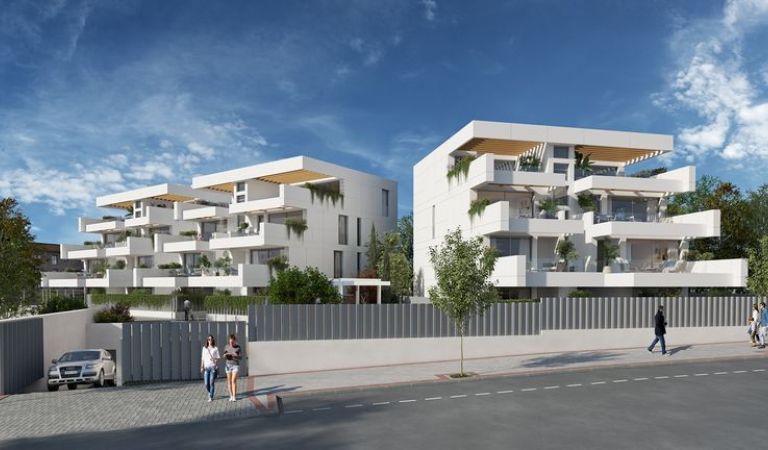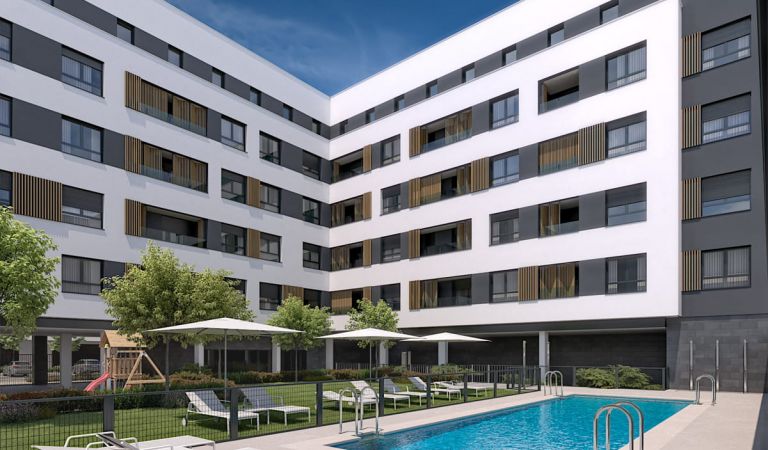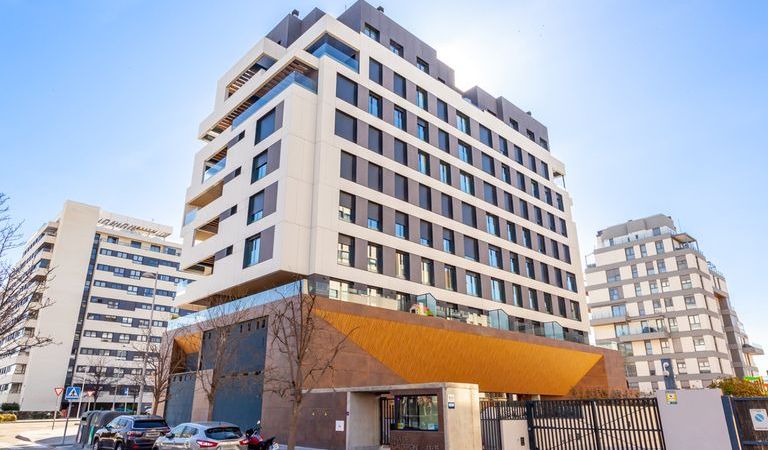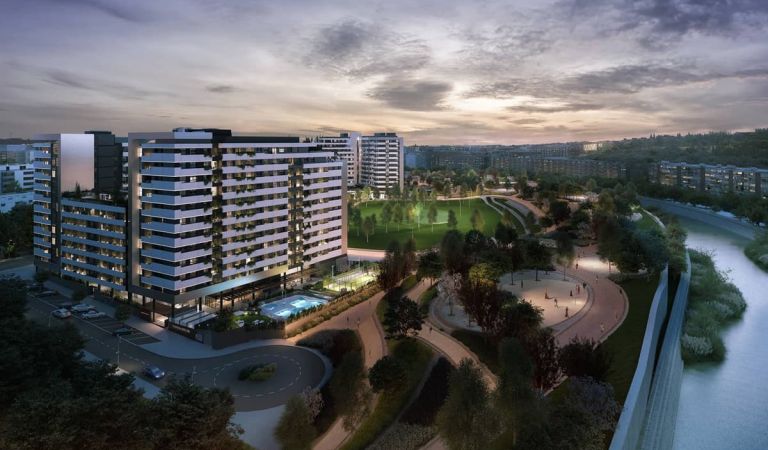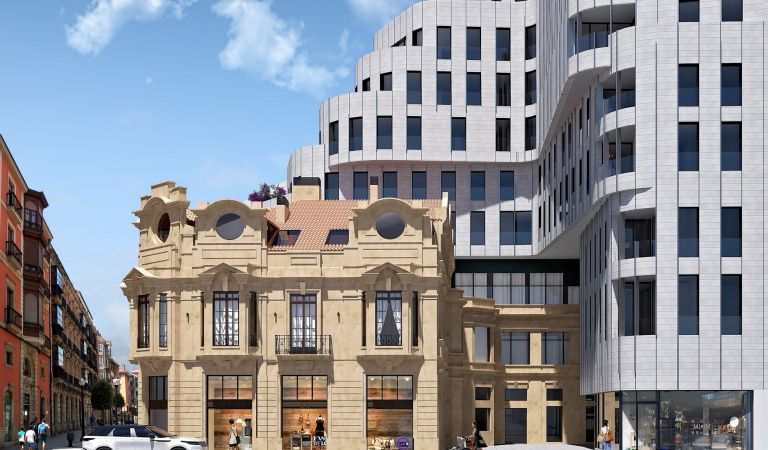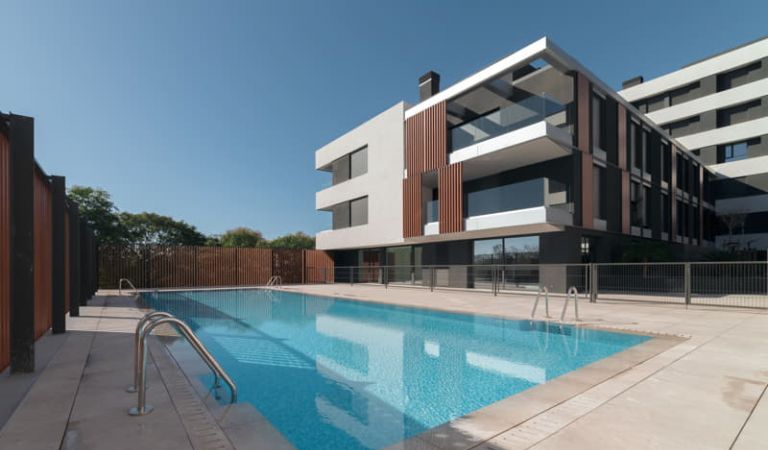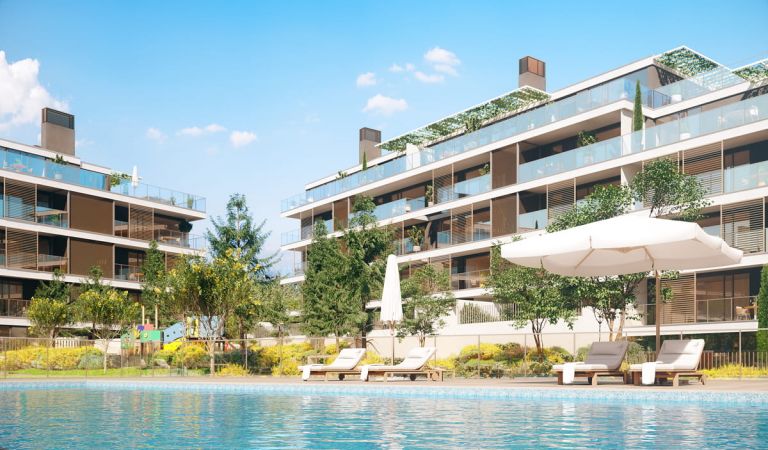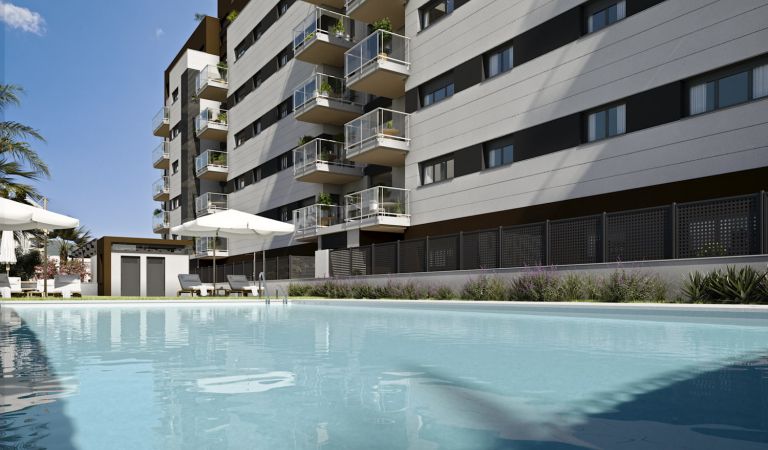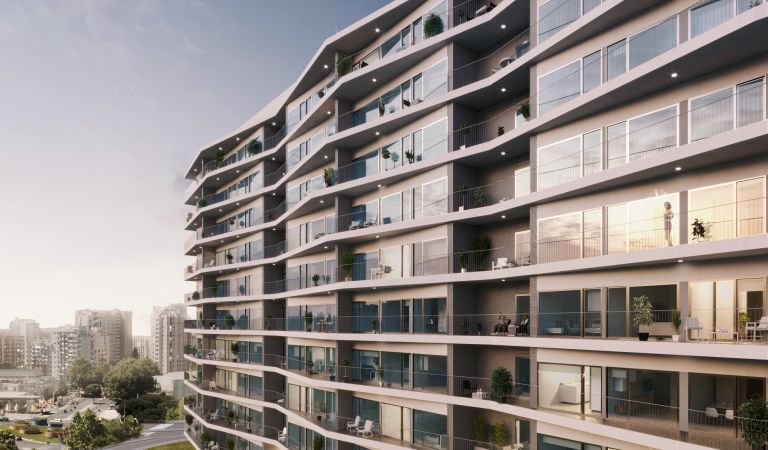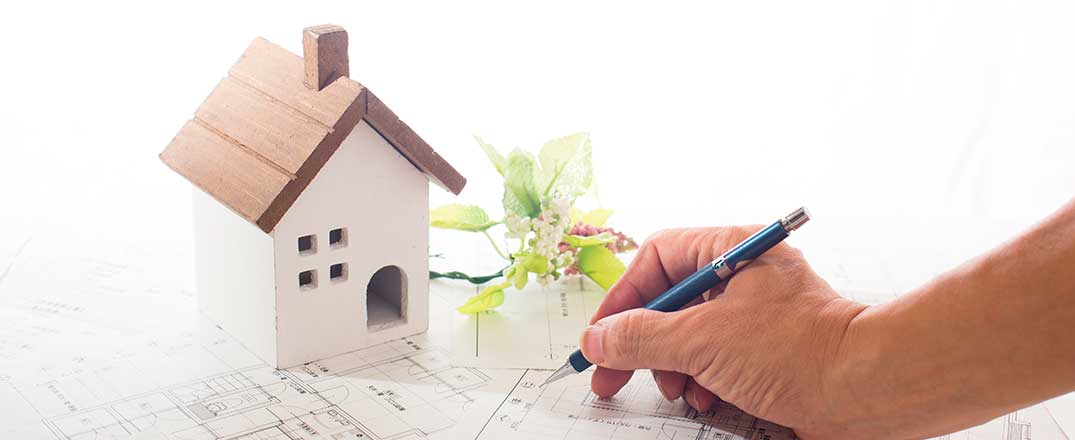Europe is facing a major challenge: in order to comply with the targets laid down in the Directive on the Energy Performance of Buildings (2010/31/EU), it will be necessary for so-called ‘nZEB’ or Nearly Zero Energy Buildings to be fully rolled out by 2020.
This countdown has already begun given that by 2018 all public buildings should be nZEB-compliant, thereby meeting the standards that certify them as such. This is without doubt a major transformation for the construction industry, with compliance being almost imminent, in order to be able to meet the requirements of the new regulations.
Today we will discover the key aspects of Nearly Zero Energy Buildings: what are they and how much progress has been made in Spain?
Discovering the concept
They are defined in the European Directive as ‘a building that has a very high energy performance (…). The nearly zero or very low amount of energy required should be covered to a very significant extent by energy from renewable sources (...).
And the fact is that despite each country having a certain amount of flexibility in how it complies given the characteristic construction practices and climate conditions of each region, it is clear that the energy demands of Nearly Zero Energy Buildings – as their name suggests – ought to be ‘very low’, and progress has been made in various key areas to achieve this, such as:
- Passive measures relating to the design and quality of construction.
- Highly-efficient installations and equipment.
- Sources of renewable energy produced on-site or nearby.
- Control and administration systems that optimize efficiency (home automation, habits…).
Statistically, it is estimated that the energy savings in new buildings can be as high as 60% to 80%, which figure represents a major step towards sustainability.
How much progress has been made in Spain?
In order to meet the target set by the new European Directive, the government of each country will need to draw up its own action plan setting out the timeframe for its activities. Currently Spain is working on a new Technical Building Code (CTE) Document, which is due to enter into force in 2019.
Furthermore, according to figures from a report drawn up last year by the ENEDI (Energética en la Edificación) research group of the University of the Basque Country (UPV/EHU), the countries of southern Europe are ‘the least well-prepared’, and in particular emphasizing the challenge of not just ensuring that new buildings comply with the sustainability guidelines that have been laid down, but also of modernizing existing buildings.
Gestilar, committed to sustainability
Did you know that Gestilar projects have the maximum energy rating for buildings? Here are some of them: Isla de la Toja, Islas Estelas, and Isla de Arosa. This results in reduced CO2 emissions and also lower energy demand in the building. Therefore we have a clear commitment to the environment through the use of materials and features that improve the sustainability and efficiency of our houses.



